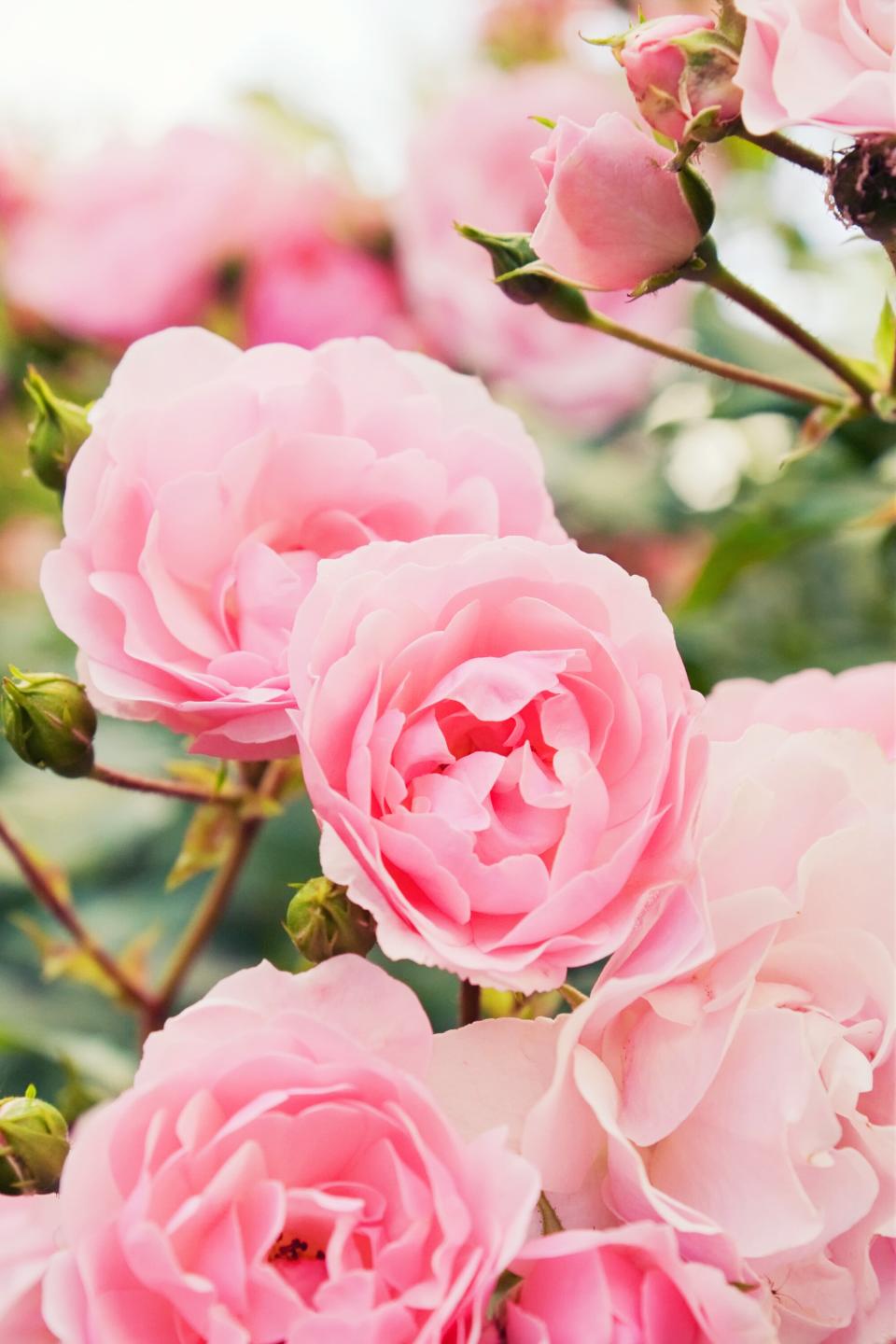How to Choose the Right Type of Garden Rose for Your Yard
Roses often have a reputation for being fussy. While they're certainly prickly, they're actually quite resilient in the garden, especially when you consider all of the advancements that have been made in modern breeding. Now, you can find beautiful roses that are repeat bloomers and disease-resistant, making it easier than ever for home gardeners to add them to their landscaping to stunning effect. No matter your need—hiding an ugly fence, a steady supply of cut flowers, or mass plantings—you'll find that there's a rose garden idea out there for you. All you need to do is determine which variety is the right one for your specific needs. To help you assess which will work best around your house and in your garden, we're sharing everything you need to know about the most common varieties of roses readily available to home gardeners. It's important to note that there are other types of roses beyond what's on this list, so you're encouraged to research additional options, such as antique roses (single bloomers without disease resistance) and species roses (more brambly thicket than useful landscape plants), if you're interested in expanding your garden even more.

LordRunar/Getty
Hybrid Tea Roses
When you picture a classic rose in your mind, a hybrid tea is probably what you're imagining. Hybrid teas are known for their long stems and full blooms that double wonderfully as cut flowers. Varieties grow between three and six feet tall, making them a great idea for everything from an accent plant to focal point in your landscape design.
Floribunda Roses
Known for resisting common foliage diseases, floribundas are shrubbier than either hybrid tea or grandifloras and have blooms that come in large clusters. You'll find that they range from two to six feet tall, making them great choices for edging or hedging, depending on your needs.
Grandiflora Roses
A cross between floribundas and hybrid teas, grandifloras are often more vigorous and taller than hybrid teas, growing as tall as eight feet high. Full-petaled blooms—similar to hybrid teas—are found either singly or in clusters on thick canes. Grandifloras also make for excellent cut flowers and are best placed as strong focal points in the back of a bed.
Miniature Roses
Miniature roses are similar to hybrid tea roses in terms of plant, foliage, and flower, but they're smaller overall making them a great idea for a smaller rose garden. Expect plants to reach one to two feet at maturity, making them perfect for edging or containers.
Related: The Secrets of Martha's Rose Garden
Shrub Roses
This catch-all term refers to any rose not belonging to one of the categories listed above. They're often improvements of other classes of rose, including David Austin roses (described below) and Knockouts (an extremely popular, "self-cleaning" rose, which requires no deadheading). With such diversity, you can find shrub roses of many sizes in this category of leftovers.
Climbing Roses
You get exactly what you'd expect from the name: These vigorous plants send canes long enough to stretch over anything you give them, including arbors, fences, and pergolas. Not actually vines, they'll need to be trained and tied to supports, as they don't climb on their own.
David Austin Roses
Though not technically its own class of roses, we're nearly certain this is the rose you have in mind when you say you want a "garden rose." These introductions from English breeder David Austin combine old rose fragrance and form with modern traits like repeat blooming, disease resistance, and a much wider range of colors.
Groundcover Roses
Also called "landscape" roses, these tough cookies max out at three feet hall with some even small, standing just one foot tall. They're often covered with blooms that keep coming all season.

